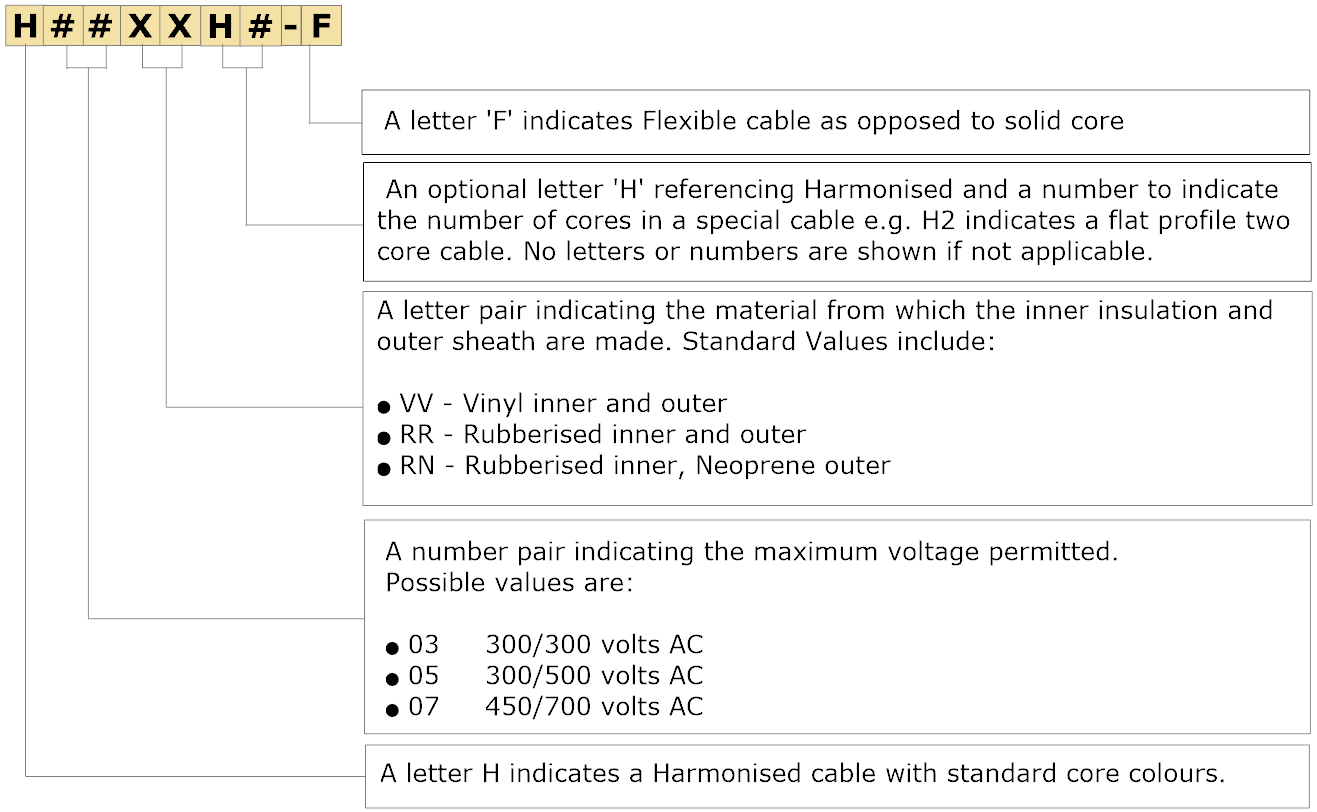A domestic installation is partly wired using flexible cables. These flexible cables have been coded a C2 on a recent condition report, the inspector noting in section K of the report:
"Flexible cable has been used to wire installation which is a departure from BS EN 50565-1:2014".
However, 7671 permits the use of flexible cables in fixed wiring, as discussed in issue 95 of Wiring Matters.
Replacing them seems pointless, but the code can't be negated, so how should this be handled in the remedial work?
Thanks.





